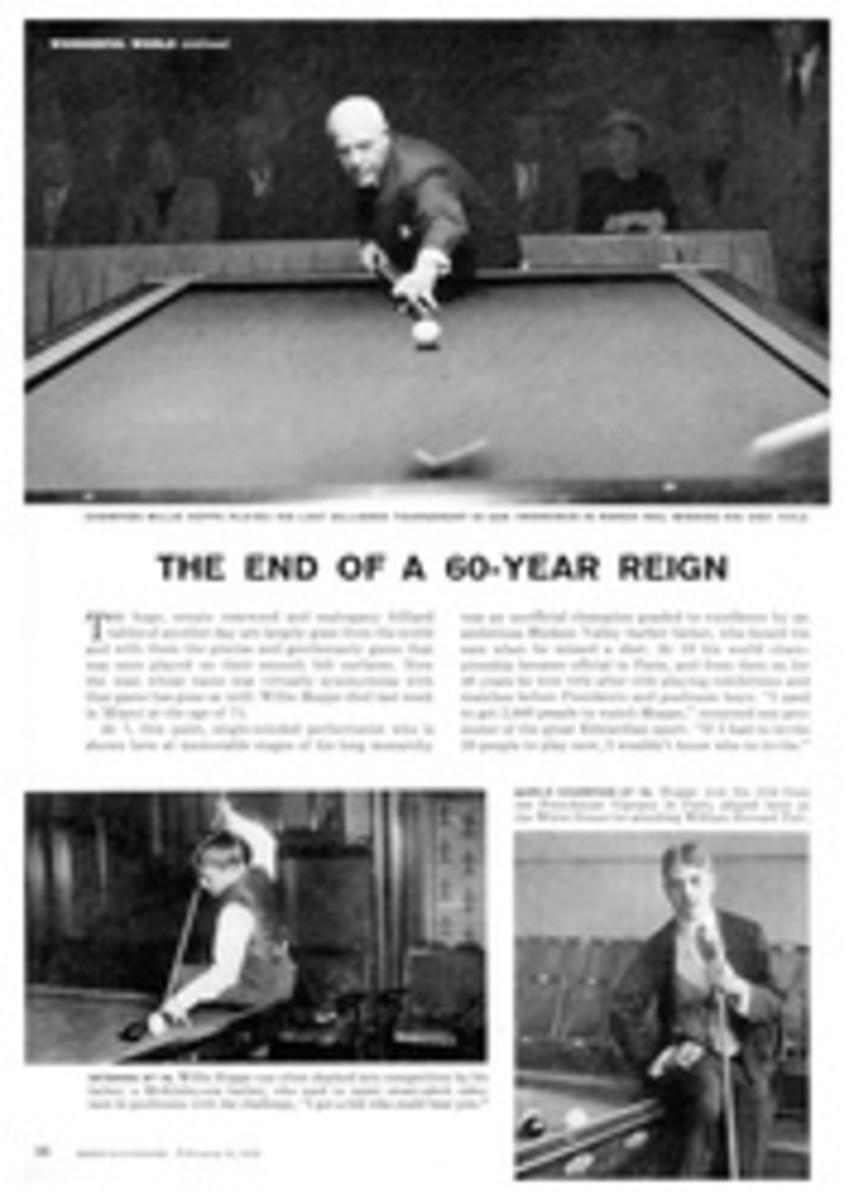
QUESTION: How can I keep my skis from wandering during a schuss and chattering during turns on icy snow and steep hills?
SHORTSWING ON STEEP, ICY SLOPES
When the hill begins to ice up, you must make some radical changes in your style and, if possible, in your equipment. First of all, you need more edge control, so lace your boots as tightly as possible without cutting off circulation. If you use a long-thong or Arlberg strap these, too, should be well snugged down. Stiff skis with sharp edges are best for ice, but a relatively flexible metal ski will work if the edges are offset and well sharpened. As for style, skiing on ice is tricky, so you must get your center of gravity lower. On a straight schuss, bend the knees more deeply than normal, and don't be afraid to hunch down a bit with the shoulders. Also, forget about keeping the skis together when you are schussing. Instead, spread your feet apart about 12 inches, and put a strong weight accent on the inside edges so that they dig into the ice and give you a wide base on which to run. As for turning, use an extreme comma to get the weight well out over the slope and onto the downhill ski. However, do not turn the knees or ankles into the hill, since this will cause overedging and make your skis chatter.
Feet spread for downhill, skier puts weight on inside edges to keep skis on track. With the proper edge control, skier on icy trail can compensate for style errors that could cause fall in deep-powder or wet, heavy snow.
Feet together for turn, skier uses extreme outward lean with upper body. Note that knees and ankles are straight to avoid overedging, rather than turned in toward the hill as they would be in finishing a turn under normal snow conditions.
PHOTO
ILLUSTRATION
BERT SILVERMAN
DOWNHILL POSITION
ILLUSTRATION
BERT SILVERMAN
CORRECT EDGING
ILLUSTRATION
BERT SILVERMAN
INCORRECT EDGING

